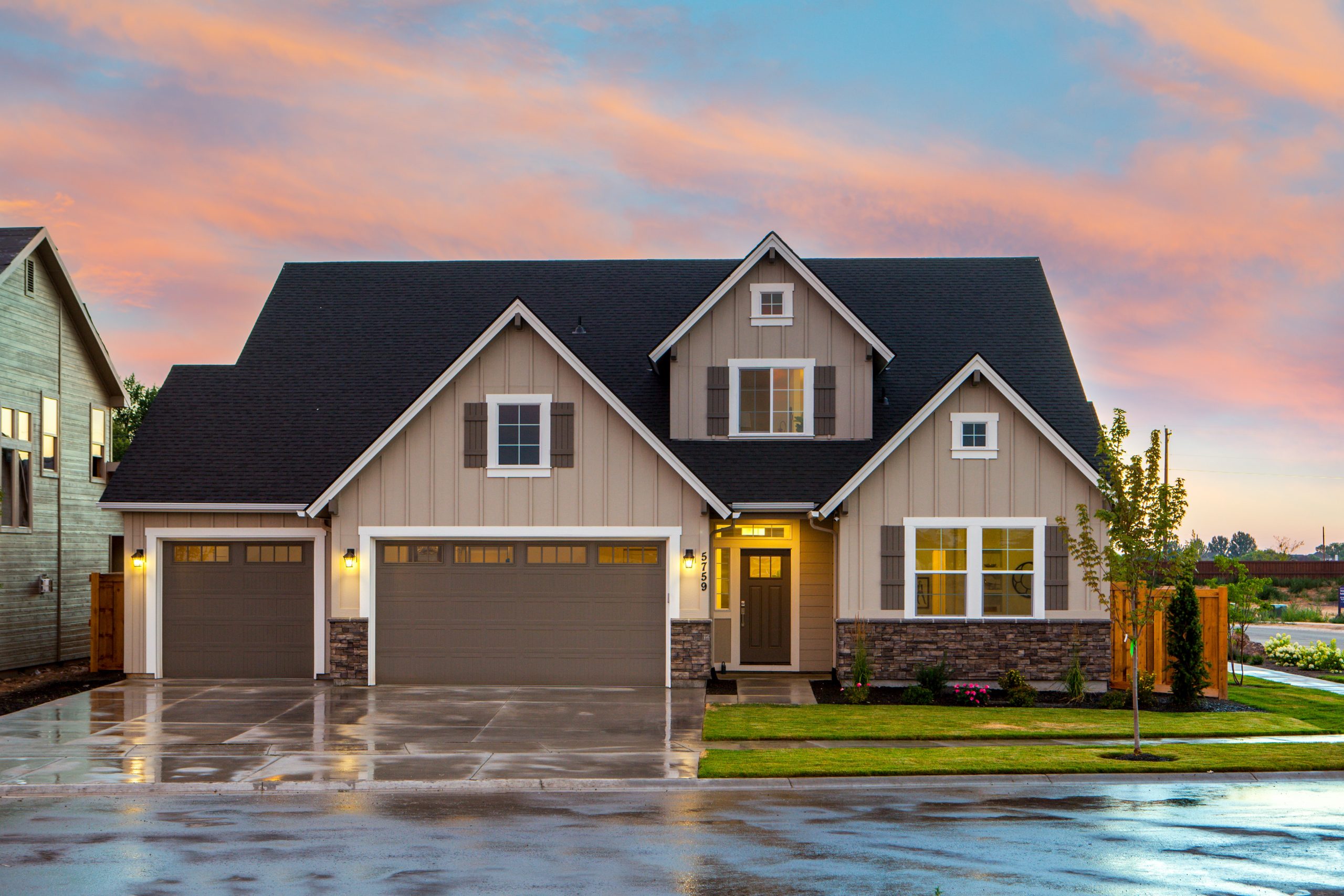Ok, so you found a house you like! That’s great! It has enough bedrooms and enough bathrooms you really like the style. It even looks like they have made some great improvements in the kitchen. But what else should you be looking for when you tour, inspect or walk through a house you plan on buying? Here is a list of things to take note of when you take a look at a possible new home.
Exterior:
- Roof: Check for missing shingles, signs of leaks, and overall condition.
- Foundation: Look for cracks or settling issues in the foundation.
- Siding: Examine for damage, rot, or signs of poor maintenance.
- Windows and Doors: Ensure they open and close properly, check for drafts, and look for signs of water damage.
- Landscaping: Evaluate the condition of the lawn, trees, and shrubs.
- Driveway and Walkways: Check for cracks, sinking, or other damage.
- Fences and Gates: Inspect for stability, rot, or damage.
Interior:
- Walls and Ceilings: Look for cracks, water stains, or signs of recent repairs.
- Flooring: Check for unevenness, creaking, or signs of water damage.
- Doors and Windows: Ensure they open and close smoothly, and check for drafts.
- Electrical System: Test light switches and outlets, and look for any exposed wiring or outdated electrical panels.
- Plumbing: Turn on faucets, flush toilets, and check for leaks or water pressure issues.
- Heating and Cooling Systems: Test the HVAC system to make sure it’s functioning properly.
- Appliances: Open and close appliances, such as the refrigerator, oven, dishwasher, etc.
- Lighting: Ensure all light fixtures are working.
- Cabinets and Countertops: Check for damage, proper function, and signs of wear.
- Bathrooms: Inspect for leaks, proper drainage in sinks, tubs, and showers, and the overall condition of fixtures.
- Attic and Basement: Check for signs of leaks, pests, or insulation issues.
- Storage Space: Assess closet and storage space for your needs.
- Interior Finishes: Look for signs of water damage, cracking paint, or other issues.
Additional Considerations:
- Odors: Pay attention to any unusual odors that could indicate hidden problems.
- Noise Levels: Listen for unusual noises, such as loud appliances, creaking floors, or outside noise.
- Natural Light: Consider the amount of natural light in each room.
- Neighborhood: Walk around the neighborhood to gauge the overall environment, safety, and proximity to amenities.
- Home Systems: Ask about the age of systems like the roof, HVAC, water heater, etc., and their expected lifespans.
Helpfull Items to Bring:
Bring a notebook and a pen and a camera or smartphone to document your observations. This will help you remember the details. A flashlight is a useful item for getting into those dark spaces in the basement and closets. Also, it’s nice to have a measuring tape to get the dimensions of the rooms.
Ask Questions:
Don’t hesitate to ask the seller or their agent about any concerns you have during your time at the home. This is your opportunity to gather additional information about the property.
Remember that while your own observations are crucial, you don’t do this all the time, and a good inspector is key when it’s time. If you have serious concerns point them out to the inspector. If your inspector points out issues that need to be looked at by professionals don’t hesitate to reach out to your realtor (that’s me!) to get professionals that can look at and estimate the costs of needed repairs. Their expertise can provide you with a more comprehensive understanding of the home’s condition. If you’re ready to start looking for homes don’t forget to give me a call at 202-218-9666 I guide you through the process from start to finish.

 Facebook
Facebook
 X
X
 Pinterest
Pinterest
 Copy Link
Copy Link


